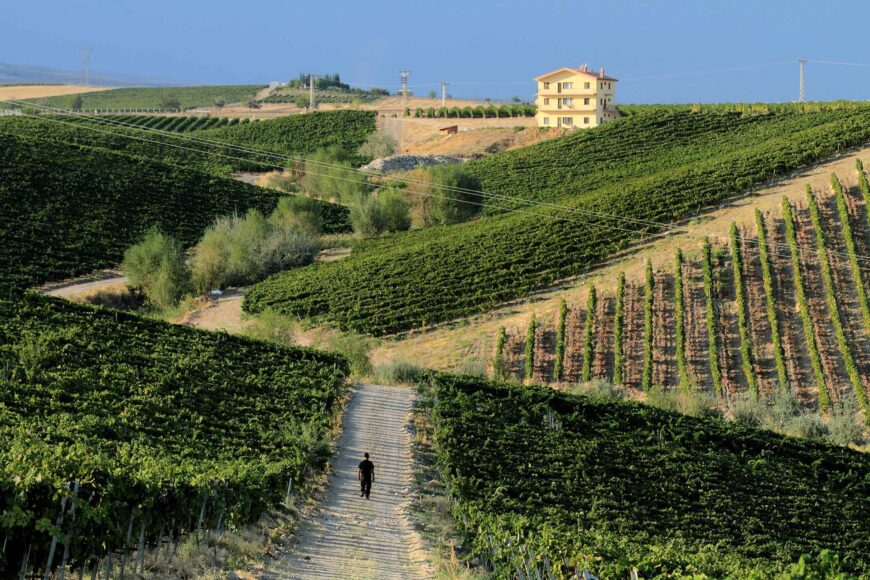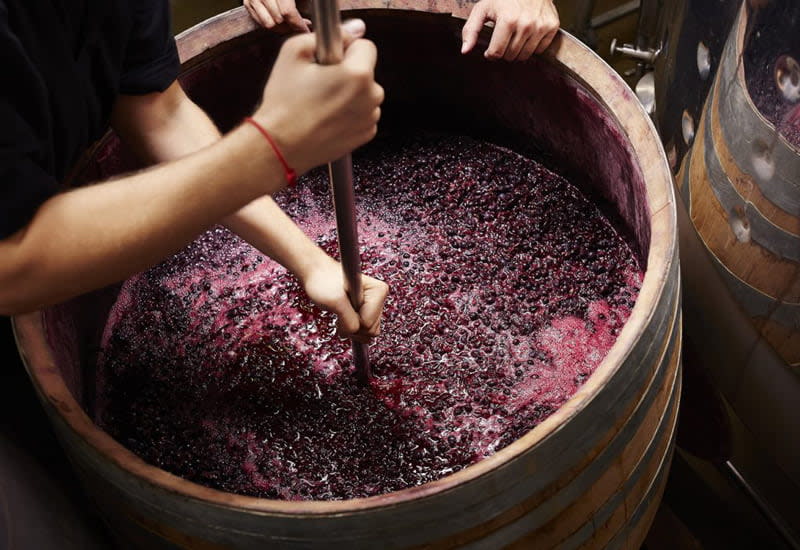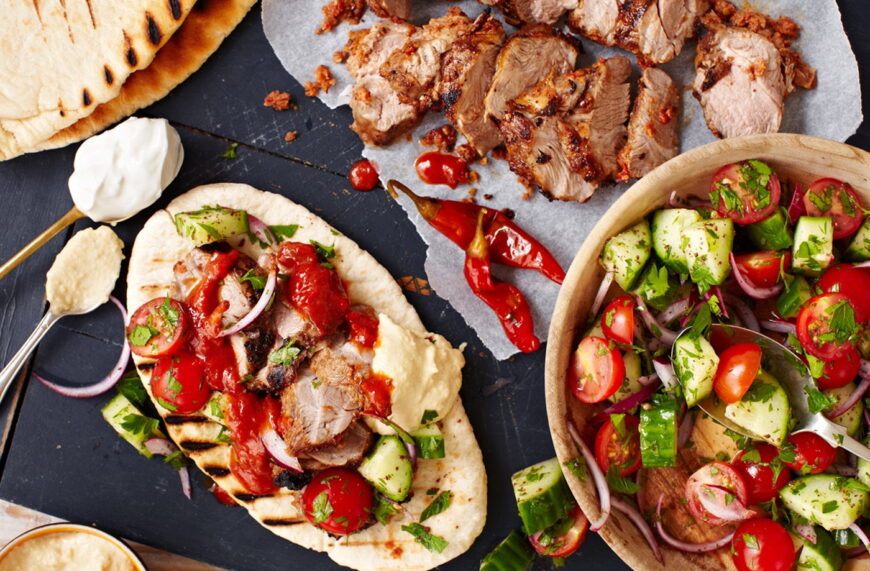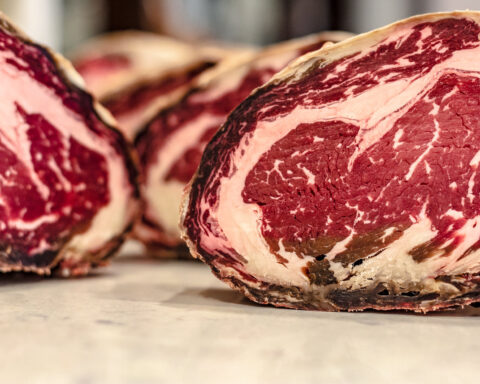Turkey’s rich tapestry of cultures, histories, and terrains is woven together in a surprising place – its vineyards. This Eurasian nation, connecting two continents, boasts a viticultural heritage that few know about. Read on to unravel this intriguing story, as we embark on an expedition to discover what makes the wines of this nation truly stand out.
Historical Roots of Turkish Wine Culture

Ancestral ties to viticulture in Turkey can be traced back to the Hittite period, around 2000 BC. These ancient civilizations, occupying the Anatolian plateau, documented their fondness for fermented grape juice on clay tablets. It’s astonishing to think that the traditions of Turkish wines range from millennia ago could continue to influence a modern nation’s palates.
Centuries later, during Byzantine and Ottoman times, wine faced fluctuations in its acceptance due to varying religious and societal norms. But the vine persisted. The vineyards of Anatolia kept producing, ensuring that Turkey’s vino legacy remained untarnished. This resilience is a testament to the nation’s undying love for the nectar.
Grape Varieties Unique to Turkey
Diversity is the hallmark of Turkey’s viticulture. Home to over a thousand indigenous grape varieties, the nation offers an expansive palette of flavors. Öküzgözü, translating to ‘bull’s eye,’ is a red grape that gives birth to vivacious, cherry-laden types. Another, Narince, blossoms in the Black Sea region and yields whites with a hint of green apple and citrus.
Beyond these, Emir, cultivated in Cappadocia, offers delightful whites with floral undertones. On the red spectrum, Boğazkere gets its name from the term ‘throat burner’ due to its robust tannins. Each grape, with its unique tale, contributes a chapter to the extensive story.
Distinctive Terroirs and Growing Regions
Anatolia, Turkey’s heartland, plays host to an array of terroirs. From the mountainous terrain of Eastern Anatolia to the coastal climates of the Aegean, every region produces wines with a distinct personality. The breezy Mediterranean coastlines, for instance, foster grapes that exude freshness, embodying the spirit of the sea.
Conversely, the Anatolian plateau’s semi-arid conditions bring forth wines with deep complexities. Here, the grapes struggle, their roots delving deep to extract water and minerals. This hardship imparts a depth of character to the wine, making each sip an exploration of the terrain’s very soul.
Traditional Wine-Making Techniques

Turkey’s vintners are the guardians of age-old practices. Many still use kvevri, large earthenware vessels buried underground, which help stabilize the wine’s temperature. The use of these vessels not only keeps the wine at optimal conditions but also lends a unique, earthy profile to it.
Local customs also include fermenting grapes with their seeds, stems, and even skins. This practice, often found in Central Anatolia, yields wines with a rich color and a robust character. It’s a technique rooted in tradition, ensuring that every bottle is a tribute to the artisans of yesteryears.
Modern Innovations in Turkish Winemaking

While Turkey reveres its ancient techniques, it’s not resistant to change. Contemporary winemakers have embraced technological advancements, ensuring precision at every step. From drones surveying vineyards to optical sorters selecting the finest grapes, Turkish wineries seamlessly merge the old with the new.
Cutting-edge cellars and stainless-steel tanks now stand alongside kvevri. This harmonious amalgamation ensures wines that are not only evocative of Turkey’s rich history but also meet global standards, appealing to connoisseurs worldwide.
Cultural Significance of Wine in Turkey
Grape fermentation holds a mirror to Turkish society. While largely a Muslim-majority country where alcohol consumption isn’t widespread, wine still finds its niche. Religious festivals, local ceremonies, and family gatherings often see a bottle or two being uncorked.
Within the cosmopolitan hubs of Istanbul or Izmir, local notes frequently grace dinner tables. It’s a nod to a more secular past and, perhaps, a beacon of a progressive future. Through its existence and enjoyment, wine continues to weave the intricate fabric of Turkish culture.
Emerging Trends in the Turkish Wine Industry

As the global palate becomes more adventurous, Turkish varieties are gaining traction. Organic and biodynamic wines are witnessing increased demand, reflecting global sustainability trends. Producers are keenly focusing on low-intervention methods, ensuring they are pure, unadulterated expressions of the terroir.
With a younger generation at the helm, branding and storytelling are becoming central to wine promotion. Beautifully designed labels, recounting tales of Anatolian myths or local folklore, are catching the eye and capturing the imagination, pushing Turkish wines to the forefront of the global stage.
Notable Turkish Producers
The nation’s vinous journey would be incomplete without its stalwart producers. Houses like Kavaklıdere, established in 1929, have been pivotal in shaping the Turkish wine narrative. Another, Diren Wines, with its commitment to indigenous grapes, showcases the nation’s unique flavors to the world.
Then there are the boutique producers, like Corvus from Bozcaada island, championing terroir-focused wines. Their passion, commitment, and innovations keep the Turkish scene vibrant and ensure its place on the global viticultural map.
Tourism and Tasting Experiences
The allure of Turkish vineyards extends beyond the bottle. From the historic vine terraces of Urla to the rock-carved cellars of Cappadocia, this tourism in Turkey offers a mosaic of experiences. Each visit promises not just a tasting but a deep dive into the country’s rich history, culture, and traditions.
For those looking to marry the senses, there are wine and spa resorts. Imagine sipping on a fine glass while overlooking the serene vineyards, the distant mountains casting a purple hue at sunset. It’s not just about wine; it’s about experiencing Turkey in its purest form.
Pairing with Local Cuisine

The gastronomy of Turkey, with its myriad flavors, finds a companion in its wines. Delicate Anatolian whites, with their floral notes, beautifully complement seafood dishes like grilled mackerel. Whereas, robust reds, with their tannic undertones, can stand up to the flavorsome lamb preparations common to the region.
Kebabs, mezes, and even the delectable baklava can find their match in a Turkish bottle. The beauty lies in the symbiosis, where food and wine, each rich in tradition and flavor, come together to create a harmonious symphony on the palate.
Final Thoughts
As our exploration draws to an end, one realizes that the wines of Turkey aren’t just beverages. They’re a legacy, a history, and a culture bottled up. Whether you’re a novice or an aficionado, there’s an Anatolian bottle waiting to share its story. So, the next time you’re looking for a bottle that offers a tale as rich as its flavor, remember to look towards Turkey.




